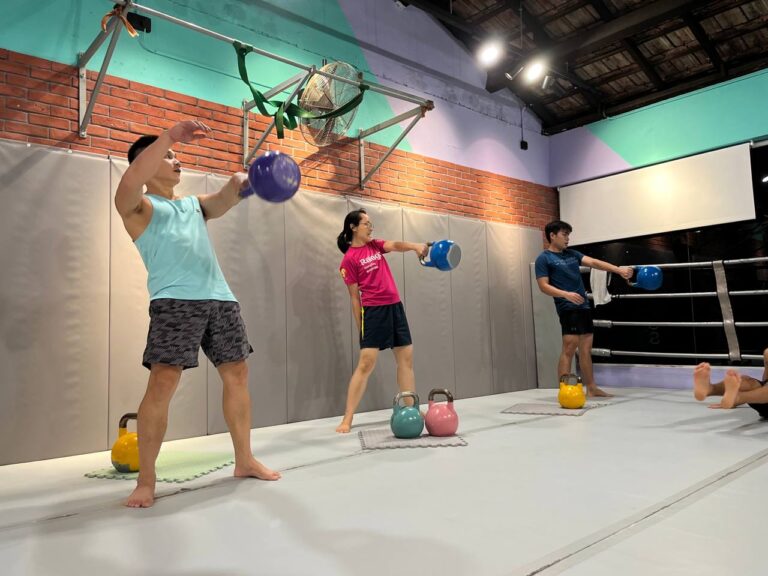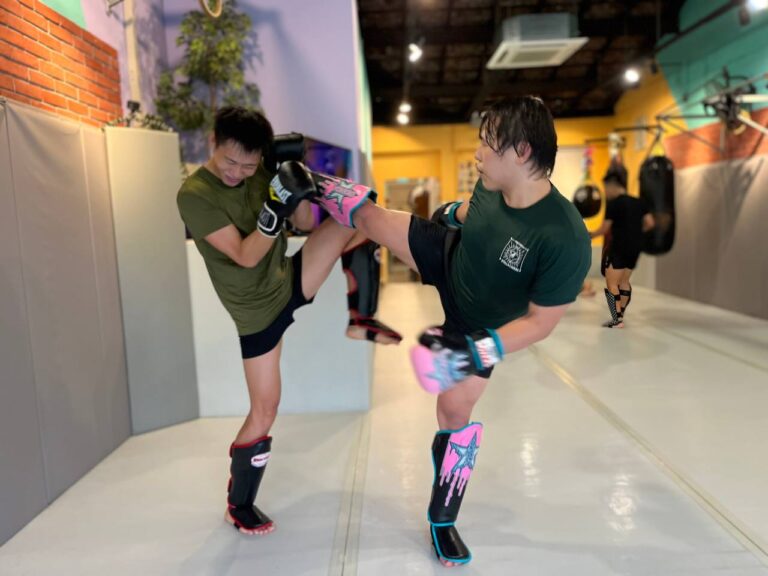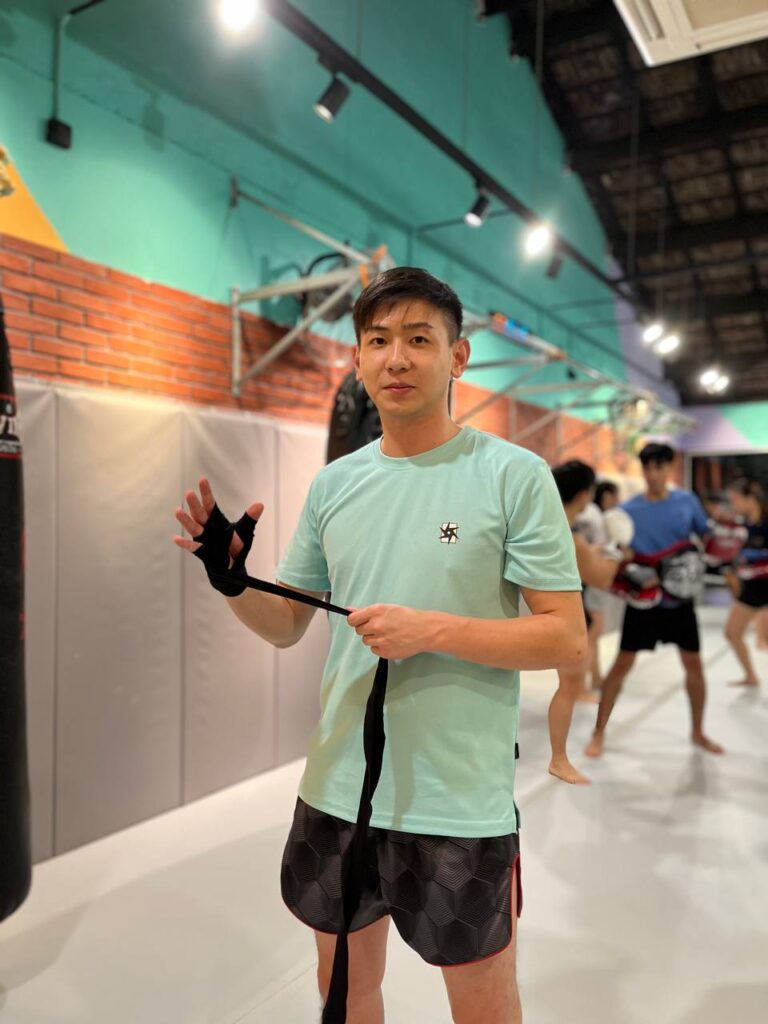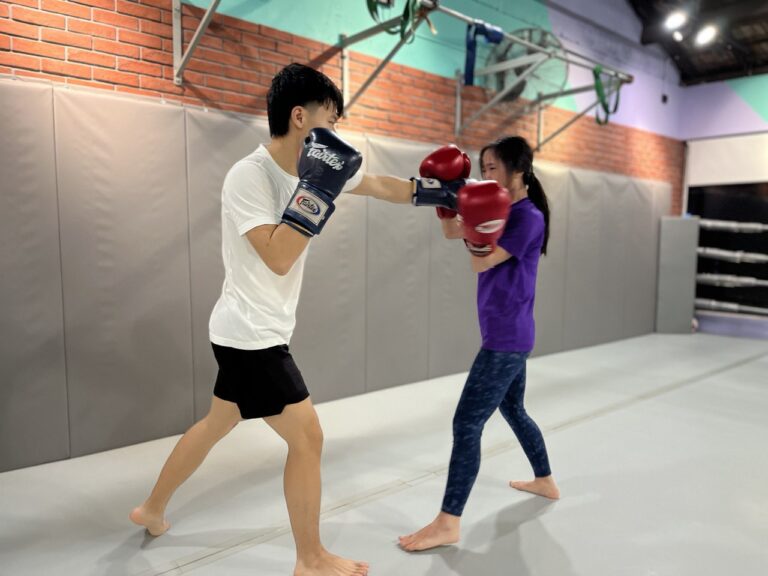How to get started with Boxing
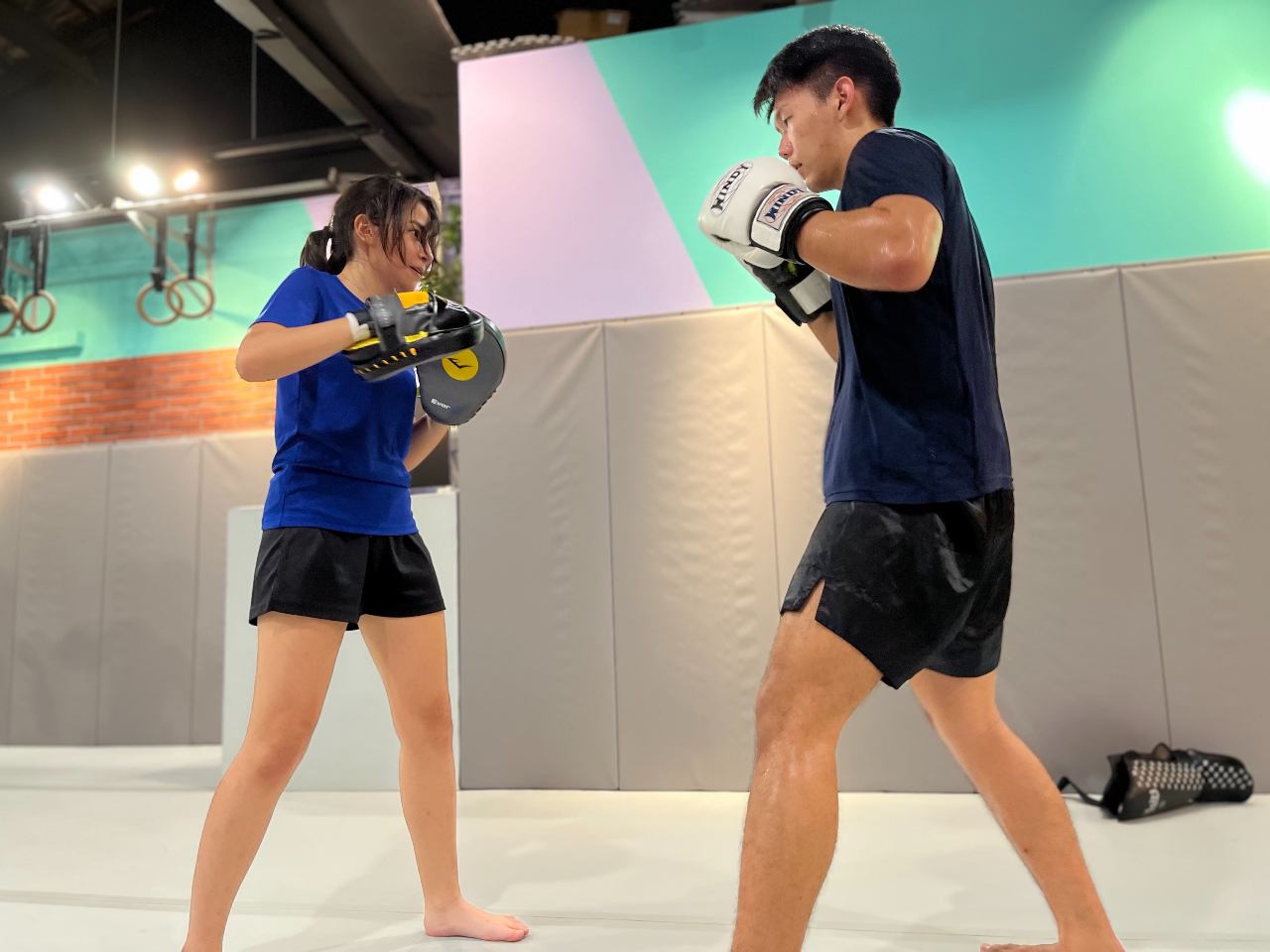
Boxing requires a high level of physicality, mental acuity and discipline. Whether you goal is to compete or just get into shape while learning self-defence, a good foundation is necessary to achieve your goals. Read on to find out more about the essentials of getting started.
- Skipping: Most, if not all boxers jump rope to warm up. Here’s why:
-
- Elevates Heart Rate: A good warm up will raise your heart rate thus increasing blood flow to your muscles. This primes your cardiovascular system for more intense workouts later.
- Strengthens legs: Proper footwork is a necessity in boxing. Skipping strengthens your calves thus enabling you to stay light and nimble on your feet. It also works on coordination of your arms and legs.
- Shadow Boxing: An accessible way to practise on your own without equipment:
-
- Punches: All you need is an open space. Shadowboxing in front of a mirror allows you to check on your form and correct yourself when necessary. Alternatively, you can record a video of yourself to check if you do not have access to a mirror.
- Defence: Add defensive movements such as slips, rolls and blocks into your shadow boxing routine to increase fluidity in sparring. Always imagine an opponent throwing offensive moves at you to recreate sparring scenarios.
- Footwork: Practice moving in different directions with pivots and exploring different angles. It may feel awkward at first but keep at it and it will feel more natural over time. Start with the basics then work your way up.
- Heavy Bag Work: Useful tool to clock repetition and work on power:
-
- Repetition: Repetitive drills on the bags (with proper form) greatly help in developing good technique. With enough repetition, throwing punches with proper technique can become muscle memory.
- Power: Hitting the bags hard is not only a great cardiovascular workout but also allows you to throw sharper and more powerful punches.
- Mitt work: For improving accuracy and coordination:
-
- Accuracy: Unlike the heavy bag, boxing mitts are much smaller and thus require you to be more precise with your aiming. Proper form (pivot and turning of knuckles etc.) is needed to hit the sweet spot of the mitts with correct timing.
- Coordination: Your coach or partner will call out different combinations involving punches, footwork and defensive head movements. This requires your whole body to work together and respond accordingly.
- Sparring: When you have sound fundamentals, consider sparring as the next step:
-
- Controlled environment: It is normal to feel intimidated initially so start off slow and get comfortable with receiving hits. Sparring during classes is usually light and controlled, so there is little chance of injury. This is the best time to work on your defence more realistically.
- Application: Sparring is a great way to apply the different defensive and offensive techniques you have learnt. It is a dynamic activity that is more mentally stimulating as each sparring partner is like a new puzzle to figure out.
- Seek guidance: When in doubt, don’t hesitate to ask for help:
-
- Your coaches can offer a lot of valuable advice. While you can read information from the internet on how to improve a certain aspect of your boxing game, nothing beats personalised feedback from a knowledgeable coach who has seen your progression over time.
To conclude, learning to box requires the points mentioned above. It is a fun and fulfilling journey that requires commitment and hard work. Put in the hours consistently and you will see improvement. Boxing not only gets you in great physical shape but it also inculcates values such as discipline, diligence, and courage, so take that leap and give boxing a shot!
– Coach Yij @cowsgo_rebel

